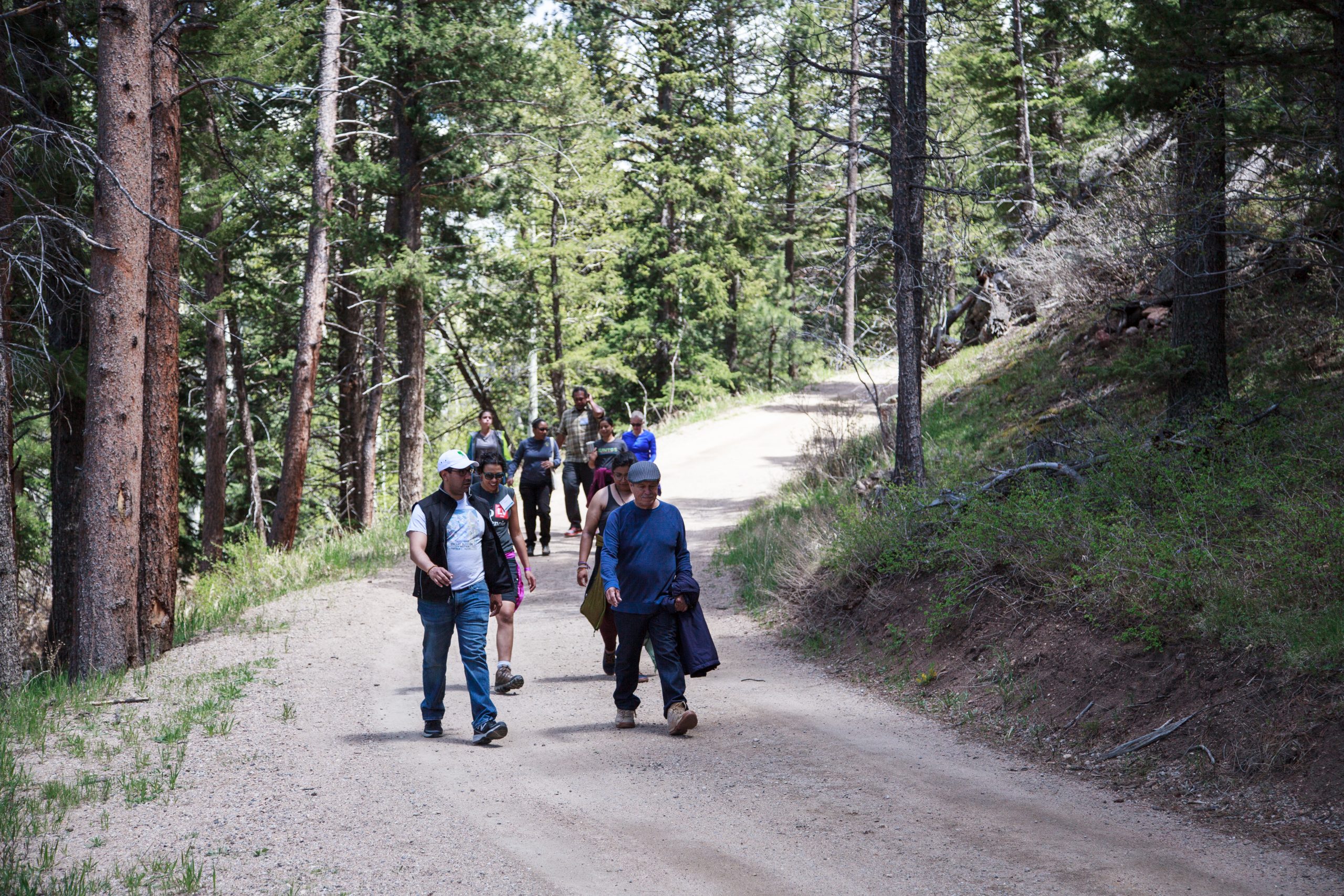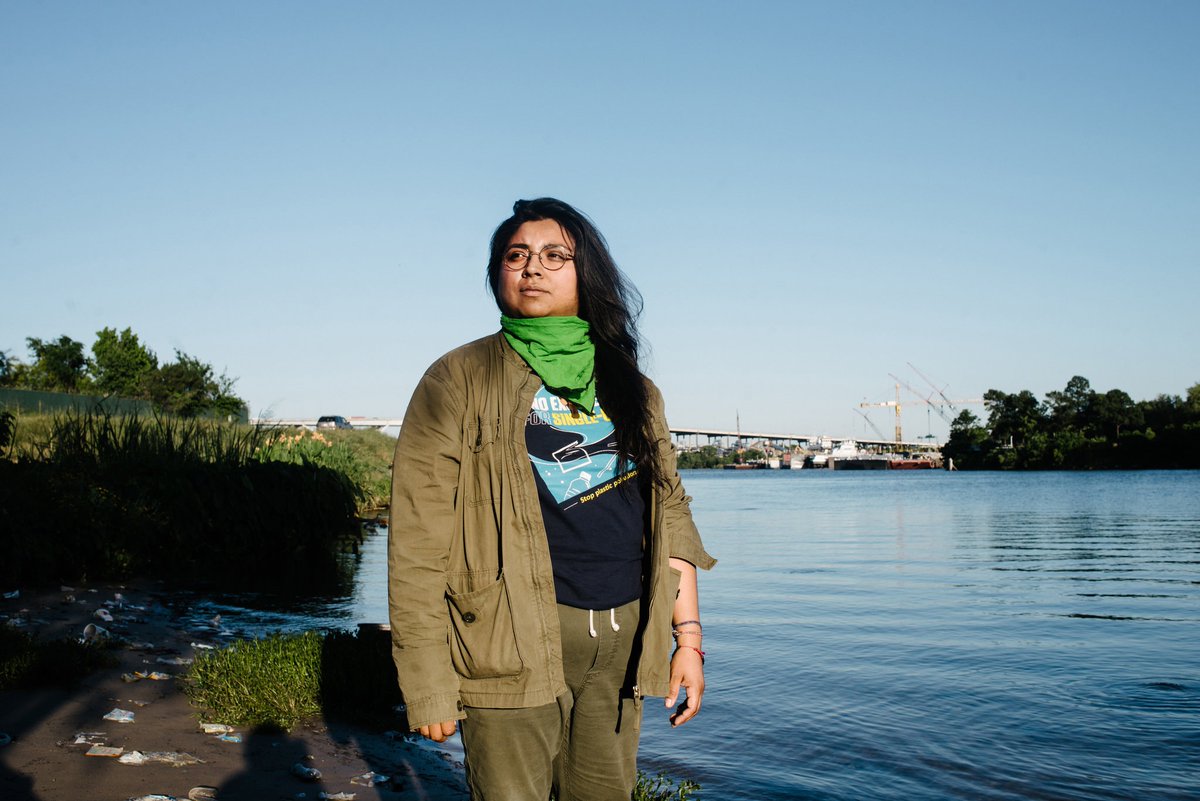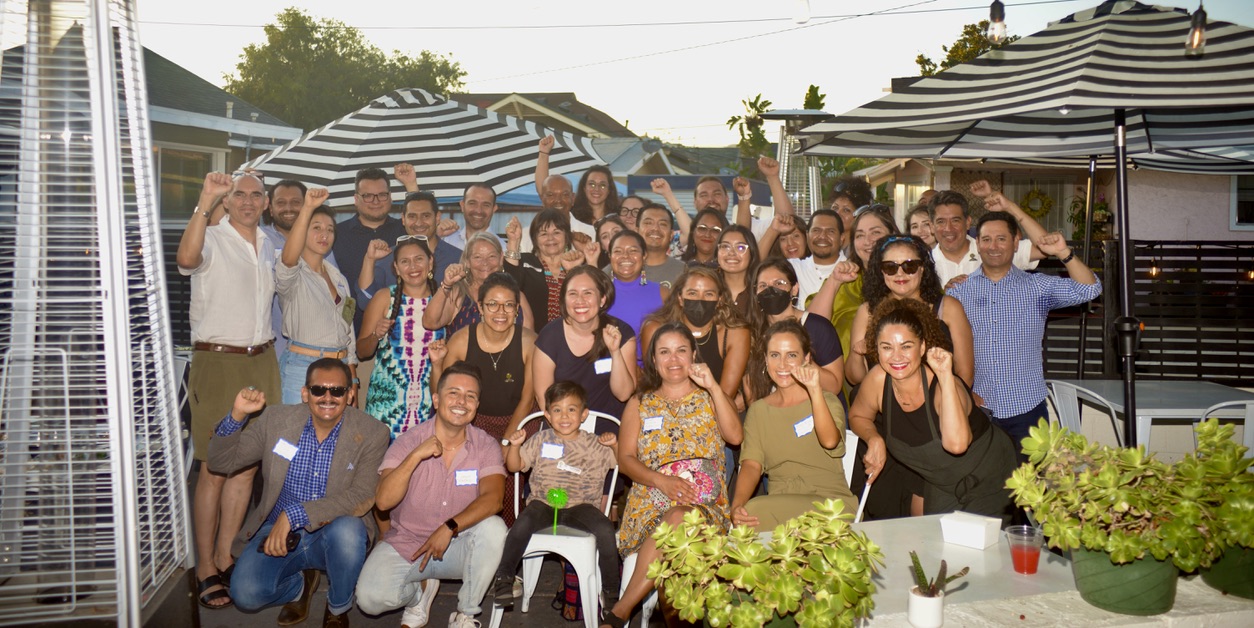Honoring Land and Water Defenders de Latinoamérica este Día de los Muertos
The climate crisis is a human rights catastrophe, even as nations across the globe commit to ambitious conservation goals. Across the world, and especially in Latin America, activism for protecting land, water, and air has cost many environmental defenders their lives. At large, many land and water defenders face serious prosecution and incarceration threats in Latin America, mostly from government officials. Land and water defenders are disproportionately exposed to violence including sexual violence, kidnapping, incarceration, and death. As of December 2021, there are 156 pending cases against land and water protectors with a majority (77) in Peru. 200 deaths of land and water defenders in Latin America were recorded in the year 2020 alone, with a 67% increase from 2019. Those who are indigenous, women, or femme-presenting experience the majority of violence against earth protectors. Of all the fatal attacks on land and water protectors in 2020, a third were indigenous even though indigenous peoples make up 5% of the global population. Further, of incarcerated land defenders, Indigenous people in the Peruvian and Ecuadorian Amazon account for a disproportionately high number of land defenders criminally prosecuted. Female and female-presenting activists also face unique adversity in their activism. As Global Witness puts it, “Women often have a twin challenge: the public struggle to protect their land, and the less-visible struggle to defend their right to speak within their communities and families.”
Latin America’s land and water defenders put their lives on the line to protect their communities, to protect biodiversity, and to stop climate disaster. 70% of Latin American defenders are associated with anti-deforestation and anti-urbanization efforts, and 30% are associated with coastal area and river conservation.
Ironically, it is unsafe to be a Latin American land and water protector even as a global movement called the 30x30 conservation project influences countries including the United States. Called the America the Beautiful Initiative here in the U.S., the global 30x30 conservation project is a pledge made by world governments to preserve 30% of the Earth’s lands and oceans in their natural state by 2030. As of June 30, 2022, there are 100 countries that have committed to this mission, including many Latin American countries. They include México, Belize, El Salvador, Guatemala, Honduras, Nicaragua, Panama, Chile, Colombia, Costa Rica, Dominican Republic, Peru, and Ecuador. Despite the many Latin American countries committed to conserving a significant amount of land and water by 2030, there is little definitive action to preserve the lives and livelihoods of land and water defenders.
The Escazu Agreement of April 2020 was enacted as a measure for protecting land and water defenders in Latin America. This agreement was drafted to ensure: access to information; access to public participation; and access to justice. Since then, 24 countries have signed the Agreement with hopes to strengthen a collective Latin American environmental justice movement. However, this treaty has done little to protect the lives of environmental activists in Latin America. Colombia, Costa Rica, and Chile, have yet to ratify the agreement and as a result there has been sparse legal action in prosecuting violence against land and water defenders.
Our strides for a thriving planet and the safety of land and water defenders globally must carry on. The UN must play a role in advancing the protection of land and water defenders in Latin America and globally as it continues to formulate yearly goals for the global environment. We also call on the Biden Administration to use their powers as a global leader to advocate for the land and water defenders who have been attacked, kidnapped, and/or killed across Latin America. Grassroots organizations in Latin America are the most important bastion for land and water defenders–the organization La Ruta de Clima describes three ways to better support land and water defenders: first is to make efforts on climate policy internationally and domestically; second to hold countries responsible for their contributions to environmental deterioration and the overall climate crisis; third is to work within countries to define specific culturally and regionally appropriate ways of protecting the land and its peoples.
GreenLatinos is actively pursuing a thriving planet and equitable access to nature’s benefits by advancing the U.S.’s America the Beautiful Initiative via the America the Beautiful For All Coalition. As we ensure that frontline communities and communities of color benefit from domestic strides in conservation, we call attention to the violence that land and water defenders entre latinoámerica face.
This Día de Los Muertos, we pay homage to some of the murdered and disappeared land and water protectors of Latin America. These heroes are a small representation of the hundreds who have died for their leadership in protecting la madre tierra.
Gonzalo Cardona Molina
Defender of yellow-eared parrots
Berta Cáceres
Defender of the indigenous Lenca
Maria Taant
Defender of the Amazon Rainforest and Women's rights in Amazonia
Homero Gomez Gonzalez
Defender of Monarch Butterflies
Sandra Liliana Peña
Defender of the NASA indigenous
Paulo Paulino Guajajara
Defender of Indigenous Guajajara land
Cristian Javá Ríos
Defender of the Kukama Territory and the Amazon Rainforest
Efren Antonio Bailarin Carupia
Defender of the Tolo Rover
Paulina Gómez Palacio Escudero
Defender of the Wirikuta Desert Mountains and Wixárika peoples
About the authors: This blog was written by first year undergraduate students at the University of Utah.




